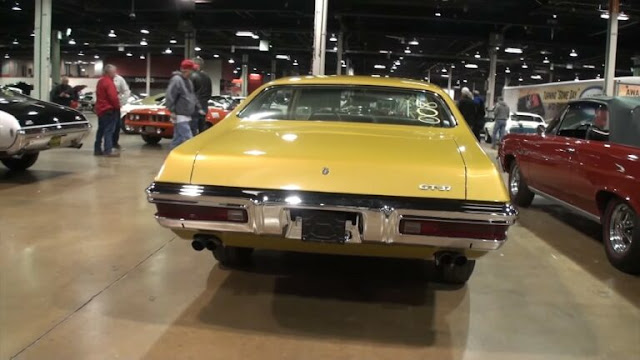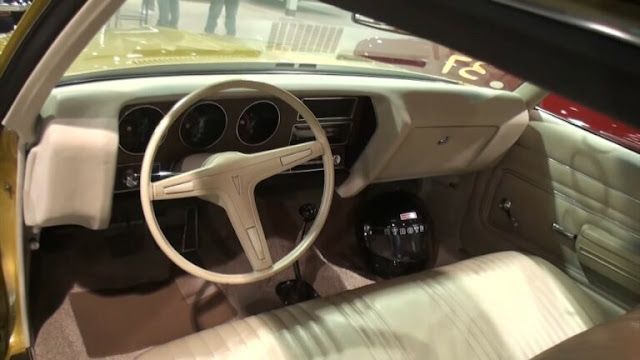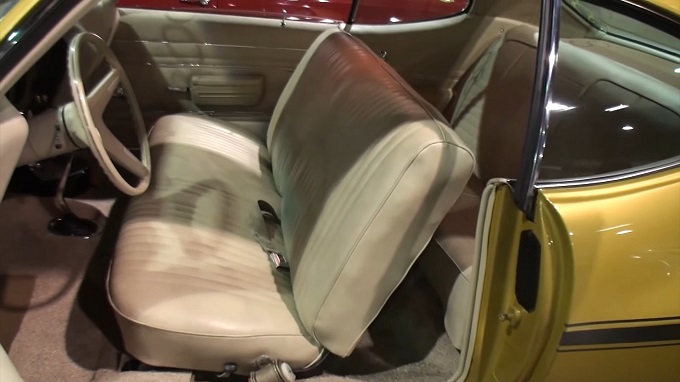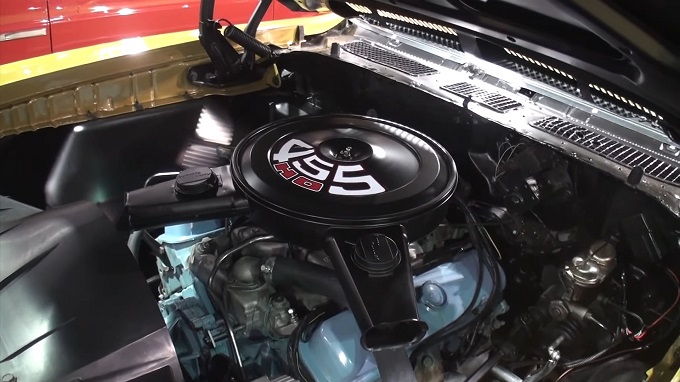
The GTO later split off into its own Pontiac model in 1966, serving as the company’s primary competitor in the midsize muscle car segment. After only 11 years in showrooms, the GTO, which had previously been an option package for the LeMans in 1972, switched to the little Ventura in 1974.
But while it was short-lived compared to the Ford Mustang or the Chevrolet Camaro, the GTO is widely regarded as the car that popularized the muscle car segment. Come 2023 and it’s one of the most desirable Pontiac classics out there.
But it also overshadows one of the coolest muscle cars that left the Pontiac assembly line during the golden era. I’m talking about the GT-37.
The story of this almost unknown Poncho began in 1970 when the company introduced the T-37. Based on the LeMans, the T-37 was designed to become the most affordable midsize two-door hardtop and achieved that goal until Chevrolet launched a slightly cheaper Chevelle a few weeks later.
Later that year, Pontiac introduced the GT-37 package, which transformed the T-37 into a stripped-out muscle car that was lighter and quicker than the GTO. Available with three V8 engines, the GT-37 also came with Rally II wheels, chrome exhaust pipes, sports mirrors, hood-locking pins, vinyl accent stripes, and “GT-37” badges on the front fenders.

The GT-37 remained on offer for 1971 but Pontiac revised the side stripes to an eyebrow-type design similar to that of the GTO Judge. The ornaments were once again revised a few months later to a sword-style stripe. More importantly, Pontiac deleted the “GT-37” badges from the front fenders, opting to integrate the script into the reflective stripes (reportedly to save more weight).
The engine lineup included a base 350-cubic-inch (5.8-liter) V8 rated at 250 horsepower and a pair of 400-cubic-inch (6.6-liter) mills. The latter produced 265 horses in the two-barrel setup and exactly 300 horsepower when fitted with a four-barrel carburetor.
But Pontiac didn’t stop there. Knowing that the GT-37 might become popular with drag racers, it also included the range-topping 455-cubic-inch (7.5-liter) V8 on the options list.

The mill was good for 325 horsepower in standard setup but Pontiac also offered a 455 H.O. version capable of 335 horsepower and 480 pound-feet (557 Nm) of torque. When equipped with the latter, the GT-37 ran the quarter-mile almost a half-second quicker than a GTO Judge with the same powerplant. Quite impressive!
Unsurprisingly though, the GT-37 wasn’t as popular as the GTO. Pontiac sold only 6,589 examples in 1971, which was less than 10 percent of total LeMans production for the year. For reference, the 1971 GTO found 10,532 customers.

Most GT-37s left the assembly line with the base 350 V8 under the hood: that’s 5,802 units. Only 718 were equipped with 400 V8 engines and just 69 were ordered with the 455 V8. How many of those had the H.O. version?
Well, there’s no exact number to run by, but it’s pretty obvious that it’s incredibly rare. Especially since not all these GT-37s survived to see 2023 in one piece.

Haven’t seen one yet? Well, the Quezal Gold example you see here was featured at the 2022 Muscle Car and Corvette Nationals (MCACN). And not only is it one of the very few surviving cars with the 455 H.O., but it’s also a one-of-one gem.
What makes it special, you ask? Well, it’s the only GT-37 that’s painted gold and fitted with the range-topping V8 mill for 1971.

But the Poncho did always look as great as it does now. Purchased as a project car, this GT-37 went through a nut-and-bolt restoration and it’s now sitting pretty in a small collection of GTOs. And while it doesn’t benefit from the latter’s notoriety, its uniqueness and rarity certainly make up for it.
Check out this fabulous muscle car in the video below.





